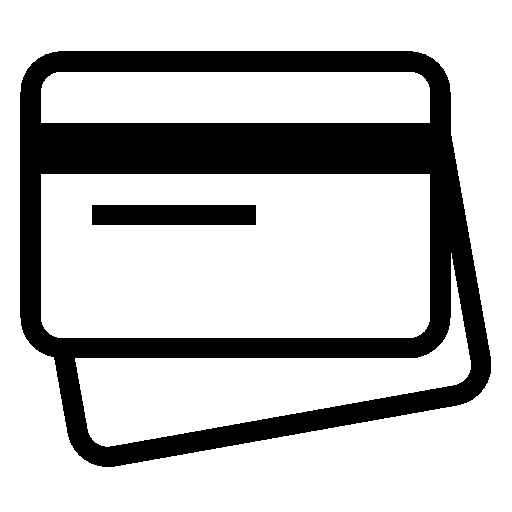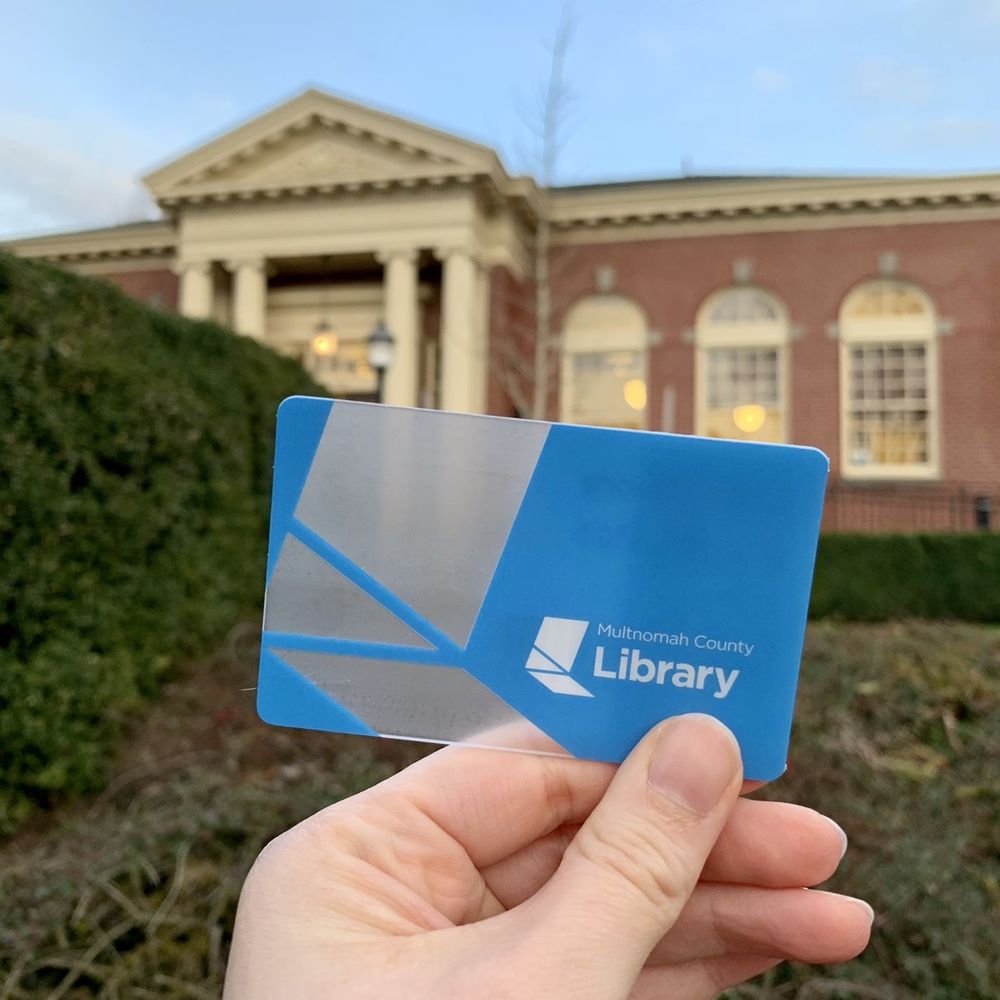In a world dominated by digital communication, the charm and utility of physical blank cards have not diminished. Blank cards serve a multitude of purposes, ranging from personal expression to business communication. This article delves into the various types of blank cards, their uses, and tips for making the most of these versatile tools.
What Are Blank Cards?
Blank cards are simply cards that have no printed content or design. They come in various sizes, shapes, and materials, including cardstock, paper, and specialty materials. While they may appear simple, their potential is vast. From greeting cards to invitations, thank-you notes, and art projects, blank cards can be customized to suit any occasion or purpose.
Types of Blank Cards
- Greeting Cards: Often used for occasions such as birthdays, anniversaries, and holidays, blank greeting cards can be personalized with handwritten messages, drawings, or printed designs. They allow individuals to express their feelings in a tangible way.
- Invitation Cards: Blank invitation cards are perfect for events such as weddings, parties, and corporate gatherings. They provide the flexibility to create unique designs that reflect the theme of the event, along with essential details like date, time, and location.
- Postcards: These are often used for sending messages or greetings without an envelope. Blank postcards can be decorated with images, stickers, or stamps and sent through the mail, making them a fun and creative way to connect with others.
- Business Cards: Although typically printed with information, blank business cards allow individuals to customize their cards. This is particularly useful for networking events or when meeting new contacts, as they can be personalized on the spot.
- Thank-You Cards: Sending a thank-you card is a thoughtful gesture, and blank cards allow for personalized messages of gratitude. These cards can be used for expressing thanks after receiving a gift, attending an event, or for professional acknowledgments.
- Art Cards: Artists and crafters often use blank cards as a canvas for their creativity. These cards can be painted, drawn on, or embellished with various materials, transforming them into unique pieces of art.
Uses of Blank Cards
Blank cards can be employed in a variety of ways, making them a staple in homes, offices, and schools. Here are some common uses:
- Personal Expression: Blank cards allow for heartfelt messages, artistic expression, and personalized greetings. They provide a tangible way to connect with friends and family, enhancing the emotional impact of communication.
- Creative Projects: Artists and crafters often use blank cards for scrapbooking, card making, and other creative endeavors. They serve as a blank canvas for a range of artistic techniques, including painting, stamping, and collage.
- Education: Teachers can use blank cards for educational purposes, such as flashcards, quiz cards, or student projects. They can facilitate learning through hands-on activities and creative expression.
- Marketing and Promotion: Businesses can use blank cards for promotional materials, such as postcards, coupons, or thank-you notes to clients. They offer a personal touch that can enhance customer relationships.
- Event Planning: Blank cards are essential tools for event planners, providing a means to create customized invitations, place cards, and thank-you notes. They can help to establish the theme and tone of an event.
Tips for Using Blank Cards
To maximize the potential of blank cards, here are some practical tips:
- Choose Quality Materials: Invest in high-quality blank cards made from sturdy materials. This not only enhances the appearance but also ensures durability, especially for cards that will be mailed or handled frequently.
- Get Creative: Utilize various art supplies, such as markers, colored pencils, stamps, and stickers, to personalize blank cards. Experiment with different techniques, like watercolor painting or embossing, to create unique designs.
- Consider the Occasion: Tailor your message and design to suit the occasion. A birthday card may feature bright colors and playful designs, while a sympathy card might call for a more subdued and respectful approach.
- Handwritten Notes: Whenever possible, include handwritten messages. A personal touch adds warmth and sincerity, making the recipient feel valued.
- Use Technology: If you’re not artistically inclined, consider using design software to create digital designs that can be printed onto blank cards. This allows for professional-looking results without requiring advanced artistic skills.
- Include Envelopes: When sending blank cards through the mail, ensure that they are accompanied by envelopes. This not only protects the cards but also adds a touch of elegance to your communication.
The Impact of Blank Cards in a Digital Age
In a time when digital communication dominates, the significance of blank cards remains strong. They offer a tangible connection that digital messages often lack. Sending a handwritten card can evoke emotions, create memories, and strengthen relationships. In many cultures, the act of giving and receiving cards is a cherished tradition, reinforcing the value of personal touch in communication.
Environmental Considerations
As awareness of environmental issues grows, many consumers are seeking eco-friendly options for blank cards. Here are some environmentally conscious choices:
- Recycled Paper: Opt for blank cards made from recycled materials. This helps reduce waste and the demand for new resources.
- Sustainable Sourcing: Look for brands that source their paper from sustainable forests or that use environmentally friendly inks.
- Digital Alternatives: Consider using digital blank cards for occasions where a physical card may not be necessary. Digital cards can be sent via email or messaging platforms, reducing paper waste.
Conclusion
Blank cards are versatile tools that bridge the gap between personal expression and effective communication. Whether used for greeting cards, invitations, or artistic endeavors, their potential is limitless. As the world becomes increasingly digital, the importance of blank cards as a means of personal connection remains steadfast. By embracing their versatility and potential for creativity, individuals can continue to enhance their interactions and express themselves in meaningful ways.
In a time when genuine connection is often overshadowed by technology, blank cards remind us of the power of handwritten words and thoughtful gestures. So, gather your art supplies, choose some quality blank cards, and let your creativity flow! Whether you’re crafting a heartfelt note or designing an eye-catching invitation, the possibilities are endless.




